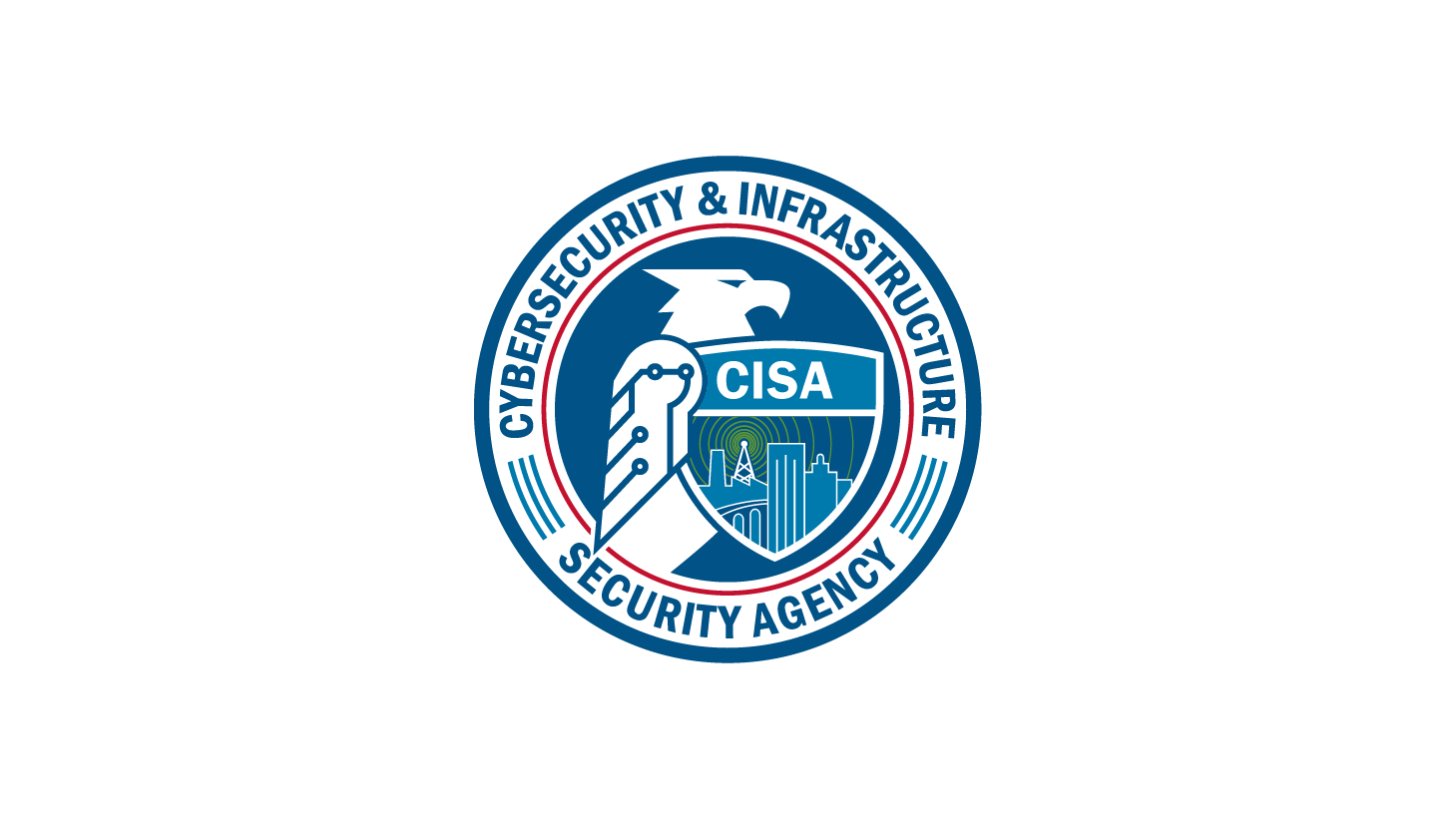Integration of IRPF Outcomes into Existing Plans

Integration of IRPF Outcomes into Existing Plans
Types of existing community plans into which IRPF outcomes can be incorporated:
- Comprehensive or General Plans
-
Comprehensive/general plans provide the foundation for a community’s goals and aspirations in terms of the development of a community. The plan dictates public policy in terms of land use, transportation, utilities and infrastructure, recreation, housing, and safety.
Integrating IRPF outcomes into your comprehensive or general plan:
- Information about the threats and hazards and vulnerabilities of the community’s physical and cyber infrastructure developed from using IRPF resources can be incorporated as part of the existing conditions of the relevant comprehensive/general plan elements to provide a basic understanding and awareness of risks.
- Additionally, this information can also inform land use planning and development decisions, such as the identification of areas where infrastructure development should not be located in the future, standards and considerations for infrastructure development in the future to address future development, and the creation of a larger framework in context with other elements of the comprehensive /general plan for how the community’s infrastructure should be maintained and developed in the future.
- Lastly, the resilient solutions identified in the IRPF can assist in the development of public policies related to the development of and maintenance of the community’s infrastructure systems and services.
- Specific or Area Development Plans
-
Specific and area development plans link the implementing policies of the comprehensive /general plan and the individual development proposals within a defined area of a community. Specific plans incorporate land use and zoning regulations, infrastructure plans and development policies, specific development and design guidelines, and development approval processes.
Integrating IRPF outcomes into your specific or area development plan:
- Information derived from using IRPF resources can inform the design (distribution, location, extent, and size) and capacity of infrastructure needed to support planned/proposed land uses and (re)development.
- Additionally, specific and area development plans can identify specific design standards, codes, and guidelines and codes that would address and enhance resilience of the community infrastructure.
- Hazard Mitigation Plans
-
Communities prepare hazard mitigation plans to identify risks and vulnerabilities associated with natural disasters and develop long-term strategies for protecting people and property from future hazard events. Having a FEMA-approved hazard mitigation plans makes a community eligible for receiving certain types of non-emergency disaster assistance.
Integrating IRPF outcomes into your hazard mitigation plan:
- IRPF resources can be easily integrated with most hazard mitigation plans and can provide improved focus on the community’s infrastructure.
- IRPF resources may assist the community in improving infrastructure identification and enable a better understanding of system dependencies.
- This can lead to improved projects with better cost/benefit ratios.
- Capital Improvement Plans
-
Capital improvement plans/programs (CIPs) identify capital projects and equipment purchases of a jurisdiction over a specified time period (usually short-term, four to ten years). The CIP process provides for considerable advance project identification, planning, evaluation, scope definition, design, public discussion, cost estimating and financial planning. This advanced planning for capital improvements addresses lifecycle costs for infrastructure systems. Upfront infrastructure investment can reduce costs associated with future impacts. Communities can update CIPs as the needs of the community become more defined and individual project move along in their planning, budgeting, and implementation processes.
Integrating IRPF outcomes into your capital improvement plan:
- The resilience solutions identified through IRPF resources often require capital funds, such as infrastructure improvements or new infrastructure projects, and can be incorporated in the community’s CIP as identified capital projects for implementation.
- Incorporating identified capital improvement projects to enhance the resilience of the community’s infrastructure into the community’s CIP provides a level of commitment for implementation from community officials such that funding will be provided.
- Emergency Operations Plans
-
A community’s emergency operations plan establishes a comprehensive framework for the management of major emergencies and disasters within the jurisdiction. It identifies personnel, equipment, facilities, supplies, and other resources available for use, as well actions to mitigate impacts, during response and recovery operations and activities.
Integrating IRPF outcomes into your emergency operations plan:
- IRPF resources can inform the identification of specific response and recovery activities, such as the provision of generators.
- IRPF resources can inform the identification of specific mitigation actions, such as the relocation of essential electrical and cyber infrastructure outside of threatened or hazard areas.
- Long-term Recovery Plans
-
Long-term community recovery plans focus on plans and projects to address damages sustained from a disaster and to aid in the community’s recovery from a disaster.
Integrating IRPF outcomes into your recovery plan:
- If a community is in the unfortunate situation of having to develop a long-term community recovery program/plan after it has suffered a disaster event, projects identified through IRPF integration can provide insight into the long-term recovery issues, assist with articulating the vision and goals of the long-term community recovery program/plan, and provide additional considerations for projects that would enhance the resilience of the community’s infrastructure and inform investment and rebuilding priorities post-investment.
- Communities should leverage the public interest and funding opportunities resulting from a disaster event to promote the benefits of enhancing the resilience of the community’s infrastructure as a foundation for overall community resilience.
- Public awareness and interest in community resilience would provide support and buy-in from the community to invest in and implement solutions that would enhance the resilience of the community’s infrastructure.




